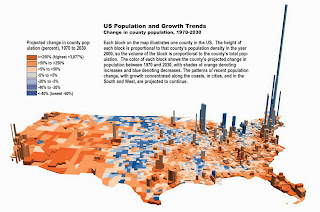This is where we went at the Ocmulgee River in Macon, GA.
While we were at the Ocmulgee River, we learned how to
measure different elevations along the river transect. To do this you have two
poles and first measure the initial height of the riverbank. Then you move the
pole to a different spot along the river and if the string moves, you have to
count how many levels the string rose or fell. You do this all the way across
the river to the other riverbank.
We also counted clams while at the river. To do this we
shoveled sand from different depths of the river sand and then sifted the sand
away in some water. After the sand is sifted out of the sifter, you count the
number of clams. There were more clams in the shallow to mid portion of the sand. Here it tends to be wet and also not too shallow. I think that there are not as many really deep because it is hard to live that deep in the sand. Also, if they are too shallow they will get too hot and dry out from the sun. Unfortunately, there were not too many clams during the sifting, but it was
still cool to see.
Another thing we measured while at the river was the flow
rate. To measure flow rate you take the distance divided by the time it took
for the bottle to float down the river. The river is split up into three
different channels. The middle channel had the quickest flow rate, whereas the
other two channels had little to no flow at all.







